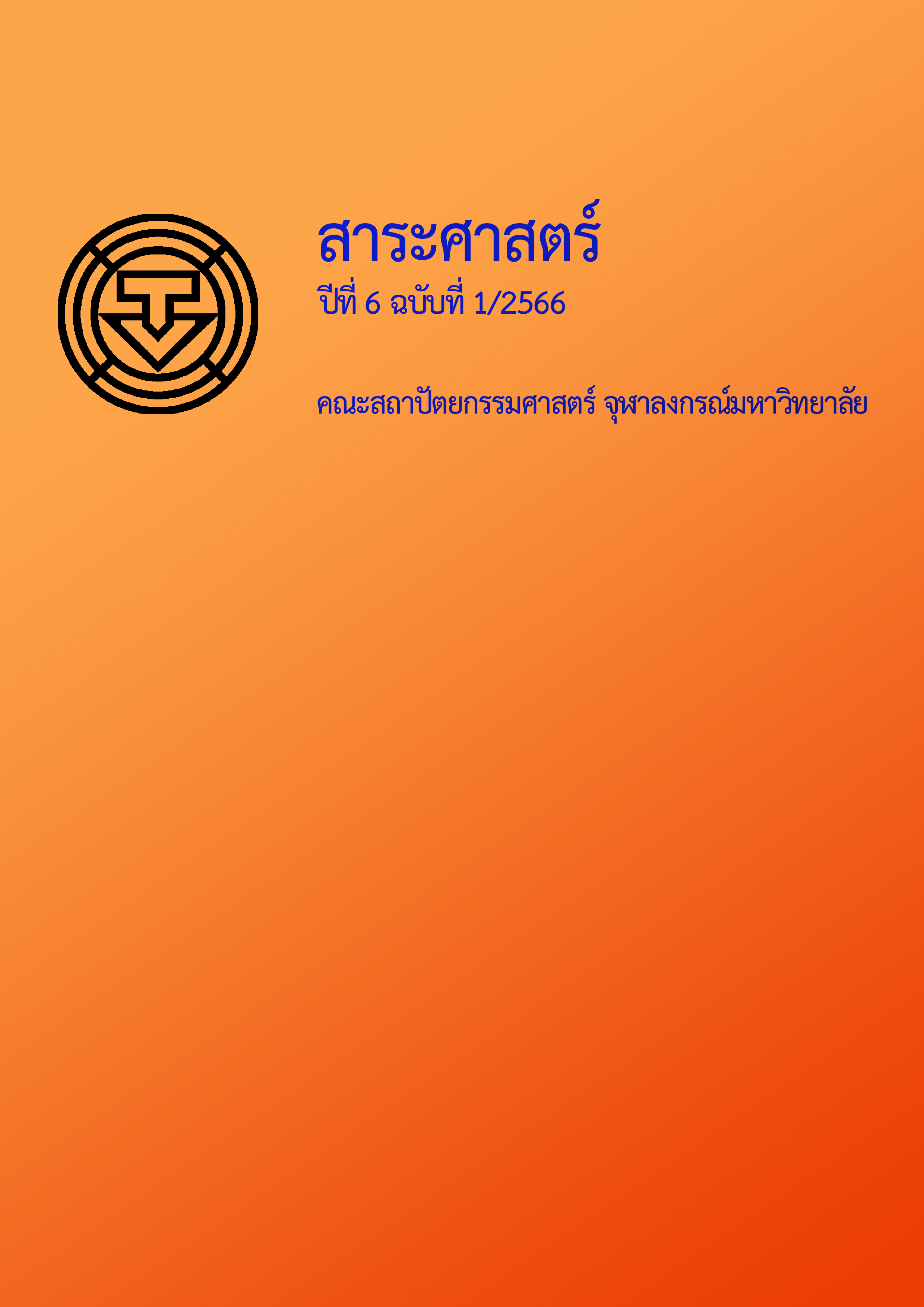ปริมาณความส่องสว่างภายในห้องทำงาน ที่เหมาะสมในการใช้สมาร์ตโฟน
Main Article Content
บทคัดย่อ
งานวิจัยนี้กล่าวถึงความส่องสว่างในห้องทำงานแสงปกติมีอิทธิพลของแสงธรรมชาติร่วมด้วย ที่มีผลต่อความเมื่อยล้าทางสายตาจากการอ่านบนโทรศัพท์สมาร์ตโฟน เนื่องจากแสงสว่างเป็นปัจจัยสำคัญในการรับรู้ มีการใช้ประโยชน์จากแสงในการศึกษา ค้นคว้าและพัฒนาต่อยอด อีกทั้งการใช้โทรศัทพ์สมาร์ตโฟนมีความจําเป็นในการติดต่อสื่อสาร ประสานงาน ค้นคว้าสิ่งใหม่ ๆ เป็นอุปกรณ์สําคัญในการปรับตัวให้เข้ากับชีวิตสมัยใหม่อย่างรวดเร็ว หากแต่จะมีข้อเสียต่อสายตาเช่นกัน ถ้าใช้ในความสว่างในห้องทำงานที่ไม่เหมาะสม
จากผลการเก็บข้อมูลพบว่า ค่าความส่องสว่างหน้าจอโทรศัพท์สมาร์ตโฟนที่สายตารับรู้ มีค่าน้อยที่สุดอยู่ที่ 13 lux และมากที่สุดอยู่ที่ 1,791 lux ผลการประเมินหลังทำแบบทดสอบความเมื่อยล้าทางสายตา นำมาวิเคราะห์ร่วมกับ ความส่องสว่างของหน้าจอโทรศัพท์สมาร์ตโฟนที่สายตารับรู้ของอาสาสมัครที่ทำแบบทดสอบภายในห้องทำงานแสงปกติที่มีอิทธิพลของแสงธรรมชาติร่วมด้วย ค่าความส่องสว่างจากหน้าจอโทรศัพท์สมาร์ตโฟนที่เหมาะสมอยู่ที่ 585 – 1,257 lux เป็นความส่องสว่างที่เหมาะสมกับสายตามากที่สุดในการใช้โทรศัพท์สมาร์ตโฟน ในห้องทำงานที่มีค่าเฉลี่ยความส่องสว่างบนโต๊ะทำงาน มีค่าน้อยที่สุด อยู่ที่ 107 lux และมากที่สุดอยู่ที่ 328 lux
ผลของการเปรียบเทียบอัตราส่วนระหว่างความส่องสว่างของพื้นที่โต๊ะทำงานที่สายตารับรู้ กับ ความส่องสว่างของหน้าจอโทรศัพท์สมาร์ตโฟนที่สายตารับรู้ หรือ Contrast Ratio ภายในห้องทำงานแสงปกติที่มีอิทธิพลของแสงธรรมชาติร่วมด้วย Contrast Ratio อยู่ที่ 1:40 – 1:114 เป็นช่วงที่เหมาะสมกับสายตามากที่สุด
Article Details
เอกสารอ้างอิง
ประกาศกรมสวัสดิการและคุ้มครองแรงงาน เรื่อง มาตรฐานความเข้มของแสงสว่าง. (2561, 21 กุมภาพันธ์). ราชกิจจานุเบกษา. เล่ม 135 ตอนพิเศษ 39ง หน้า 15.
รายงานการวิจัย การศึกษาปริมาณแสงสว่างที่เหมาะสมสำหรับกิจกรรมในพื้นที่สำนักงานในประเทศไทย เพื่อการประหยัดพลังงาน. (2016). สำนักงานการวิจัยแห่งชาติ.
รายงานผลการสำรวจพฤติกรรมผู้ใช้อินเทอร์เน็ตในประเทศไทย ปี 2560 Thailand Internet User Profile 2017. (2560). สำนักงานพัฒนาธุรกรรมทางอิเล็กทรอนิกส์ (องค์การมหาชน) กระทรวงดิจิทัลเพื่อเศรษฐกิจและสังคม.
Blanco, M. J., & Leiros, L. I. (2000). Temporal variation in the luminance level of stimuli displayed on a cathode-ray tube monitor: Effects on performance on a visual vigilance task. Ergonomics, 43(2), 239-251.
Eklund, N. H., & Boyce, P. R. (1996). The development of a reliable, valid, and simple office lighting survey. Journal of the Illuminating Engineering Society, 25(2), 25-40. doi:10.1080/00994480.1996.10748145
Wagner, R. K., & Sternberg, R. J. (1987). Executive control in reading comprehension. In Bruce K. Britton & Shawn M. Glyy (Eds.), Executive control processes in reading (pp. 1-21). Routledge.
Yuwanakorn, T. (2011). Differences in visual stress and preference in reading between tablet and paper.[master's thesis] Chulalongkorn University.


